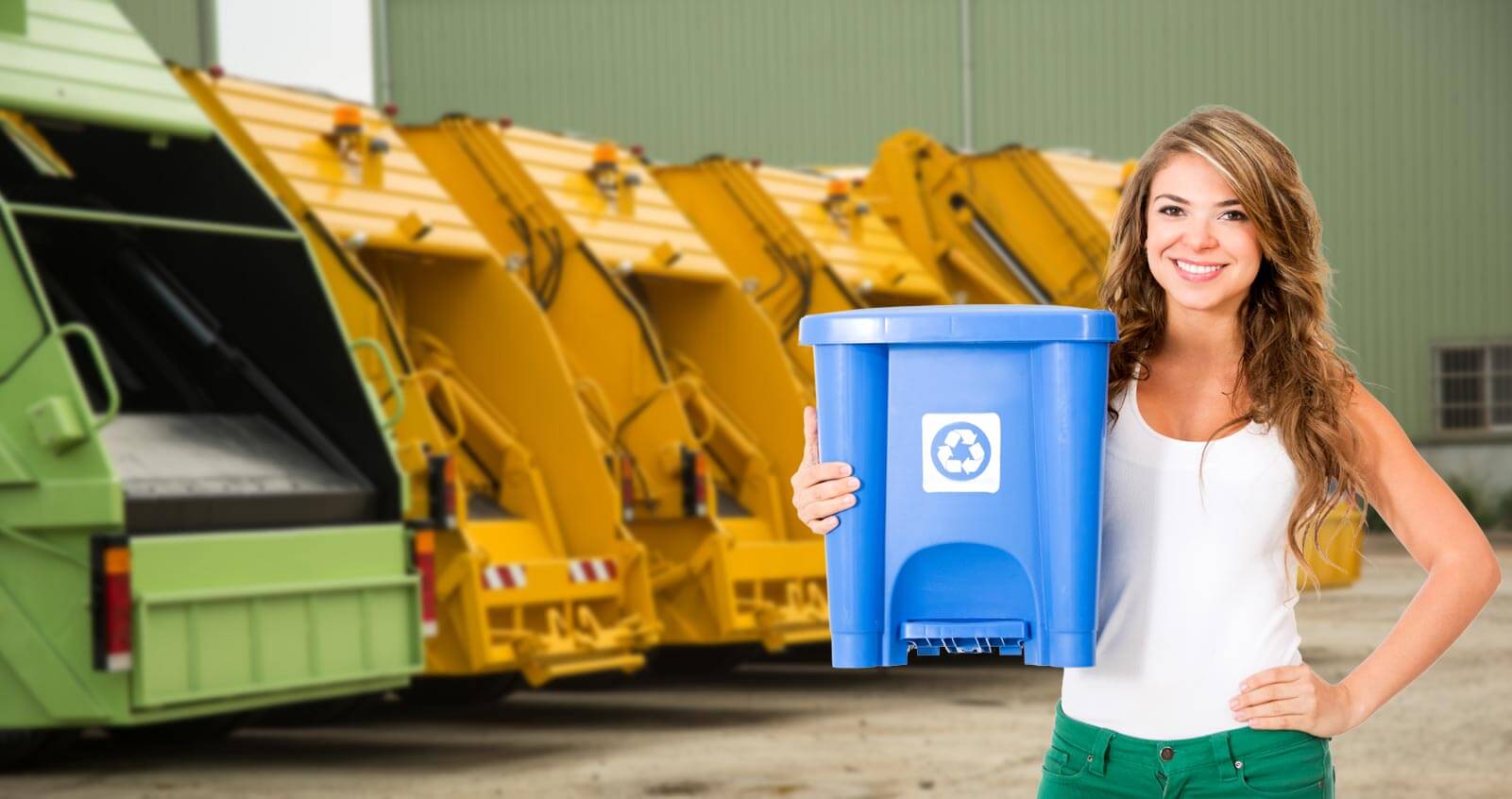Landfill-Free Solutions for Green Waste
Posted on 25/10/2024
Green waste, derived from our gardens, parks, and agricultural activities, constitutes a significant portion of our municipal solid waste. Traditionally, much of this organic material has ended up in landfills where it decomposes anaerobically to produce methane, a potent greenhouse gas. Given the current environmental challenges, it is imperative to seek landfill-free solutions for managing green waste.
Understanding Green Waste
Green waste, also known as organic waste or biodegradable waste, includes plant materials such as leaves, grass clippings, branches, and kitchen scraps. It is distinct from other types of waste due to its potential to decompose naturally. The high nutrient content in green waste makes it particularly valuable for creating rich compost.

Green Waste in Landfills: A Growing Concern
Sending green waste to landfills leads to several environmental problems. First, the anaerobic decomposition of green waste produces methane, contributing to global warming. Landfills are also a significant source of leachate, a contaminated liquid that can pollute ground and surface waters. Furthermore, valuable resources are wasted when biodegradable materials are not returned to the soil as compost or mulch.
Composting: An Effective Solution
What is Composting?
Composting is the biological process of breaking down organic materials into humus, a nutrient-rich substance that improves soil health and fertility. Composting can be done on a small scale in home gardens or on a large scale in commercial facilities.
Types of Composting
Home Composting
Home composting is a simple, effective way to manage green waste. By maintaining a compost bin in the garden, households can convert kitchen scraps and yard waste into nutrient-rich compost.
Community Composting
Community composting initiatives involve local residents working together to collect and compost green waste. These projects often have educational components, teaching community members about sustainable waste management practices.
Industrial Composting
Industrial composting facilities handle large volumes of green waste collected from municipalities. These facilities often operate aerobically, using controlled conditions to accelerate the decomposition process.
Vermiculture: Turning Waste into Worm Castings
What is Vermiculture?
Vermiculture, or worm farming, is the process of using worms to decompose organic food waste, turning the material into a nutrient-rich fertilizer known as worm castings. Vermiculture is particularly effective for managing smaller quantities of green waste.
Benefits of Vermiculture
- Reduced Waste: Worms can consume large amounts of organic waste, significantly reducing the volume of waste that would otherwise end up in landfills.
- Nutrient-Rich Soil: Worm castings are an excellent soil conditioner, supplying plants with essential nutrients and improving soil structure.
- Ease of Use: Vermiculture systems can be set up in small spaces, making them suitable for urban environments and households lacking large gardens.
Mulching: Enhancing Soil Health
What is Mulching?
Mulching involves spreading organic materials like wood chips, leaves, and grass clippings over the surface of the soil. This practice serves multiple purposes, including protecting soil from erosion, retaining moisture, and suppressing weeds.
Benefits of Mulching
- Water Conservation: Mulch helps retain soil moisture by reducing evaporation, which is especially beneficial in arid climates.
- Weed Suppression: A layer of mulch prevents sunlight from reaching weed seeds, thereby reducing weed growth.
- Soil Improvement: As mulch decomposes, it adds organic matter to the soil, enhancing soil structure and fertility.
Bioenergy: Converting Green Waste into Renewable Energy
What is Bioenergy?
Bioenergy involves converting organic materials, including green waste, into energy through processes such as anaerobic digestion, gasification, and combustion. This approach not only helps manage waste but also generates renewable energy.
Types of Bioenergy Processes
Anaerobic Digestion
Anaerobic digestion involves breaking down organic materials in the absence of oxygen to produce biogas (methane and carbon dioxide) and digestate (a nutrient-rich slurry). The biogas can be used for heating, electricity generation, or as vehicle fuel, while the digestate can be used as fertilizer.
Gasification
Gasification is a process that converts organic materials into syngas (a mixture of hydrogen and carbon monoxide) through high-temperature treatment. Syngas can be used to generate electricity or refined into fuels.
Combustion
Combustion directly burns green waste to produce heat, which can be used for heating or generating electricity.
Green Waste Management Policies and Initiatives
Effective green waste management requires government policies and community initiatives that promote sustainable practices and provide necessary infrastructure.
Government Policies
Many governments are implementing policies to reduce the amount of green waste sent to landfills. These policies include bans on landfilling organic materials, incentives for composting and bioenergy projects, and educational campaigns to raise awareness about sustainable waste management.
Community Initiatives
Communities play a vital role in green waste management. Local initiatives, such as community gardens, composting workshops, and green waste collection programs, empower residents to take action and contribute to sustainability efforts.
Challenges and Future Directions
While there are many effective solutions for green waste management, challenges remain. Issues such as contamination of green waste streams, lack of infrastructure, and insufficient public awareness can hinder progress. Future efforts should focus on addressing these challenges through research, education, and investment in sustainable technologies.

Conclusion
Landfill-free solutions for green waste are not only possible but also necessary for building a sustainable future. By embracing practices such as composting, vermiculture, mulching, and bioenergy, we can reduce our environmental footprint, conserve resources, and enhance soil health. Collaborative efforts between governments, communities, and individuals will be key in advancing these solutions and creating a greener world for future generations.
Call to Action
Each of us has a role to play in managing green waste sustainably. Whether it's starting a compost bin in your backyard, participating in community composting initiatives, or advocating for better waste management policies, your actions can make a difference. Let's work together to create a landfill-free future for green waste.




